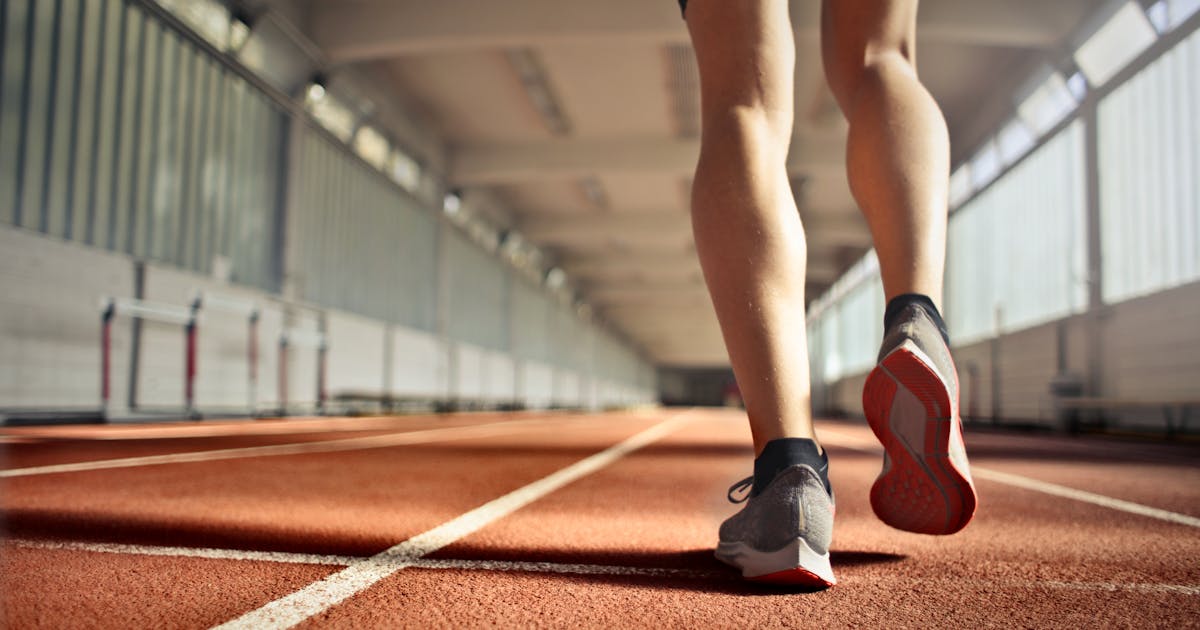In this article, we will talk about 9 diseases that can be cured with physical activity so stay with us and keep reading.
1 – Hypertension improves with physical activity
Hypertension is the condition where a person’s blood pressure is increased most of the time. This forces the heart to make a greater effort than normal to face the resistance of the blood vessels so that the blood is distributed throughout the body.
Being overweight makes it harder for the heart to siphon blood. Conversely, a fit body will have a simpler trouble overseeing pulse.
The most appropriate type of physical exercise for hypertensive patients is to combine aerobic activities with light resistance exercises , such as weight training without heavy load, for example. Physical activities will contribute to:
- Maintaining ideal weight;
- Maintenance of muscles;
- Decreased stress;
- Respiratory Activity;
- Cardiovascular Activity.
2 – Physical exercise helps treat Osteoporosis
Osteoporosis is a disease that weakens bones, therefore, it appears when the body increases bone reabsorption and reduces bone formation, leaving the bone more porous and fragile.
Just like the muscles, bones need stimulation to be strong and healthy. The activities mostly recommended by most experts to people suffering from osteoporosis are those activities that cause mild impact. Physical activities in the treatment of osteoporosis stimulate bone formation and prevent resorption. Most recommended are.
- Race
- Walk;
- Dance.
3 – Physical activity for chronic pain
Chronic pain is discomfort that endures even after a sickness has been restored. There may be a few components at work: physiological or mental. From a physiological stance, the mind enrolls the data and starts to convey pain reliably.
Persistent pain often interferes greatly with quality of life . People can become inactive, socially withdrawn and constantly worried about their physical health, so the psychological and social damage can be serious , which is why treatment is essential.
The type and frequency of exercises will vary greatly depending on the location of the pain and other pathologies that may be associated. However, the focus is on the quality of the movement. Walking is a good option because:
- Improves posture;
- Works on breathing;
- Contributes to strength and flexibility.
- Releases endorphins that improve pain and mood
In the most limiting chronic pain, exercise in water such as water aerobics and swimming can bring physical and psychological benefits and low risk.
It is necessary to remember that standing still does not solve the problem , on the contrary! Studies show that a lack of physical exercise tends to worsen the condition, as the muscles closest to the painful region tend to become tense. Hip pain can cause tension in the lower back, changes in posture and even lead to a headache , for example.
4 – How to treat cholesterol with physical activity
Cholesterol is a lipid; that is, it belongs to the class of fats found in the human body, circulating throughout in our blood. Being an insoluble water fat, cholesterol is bound to protein particles to circulate in the blood.
Most cholesterol is bound to LDL low-density lipoprotein (LDL) – so-called “bad” cholesterol. Normally, excess cholesterol in the blood results from poor eating habits. The rest of the cholesterol is bound to high-density protein (HDL) called “good” cholesterol.
Physical activity increases the production of the enzyme lipoprotein lipase (LPL) in the walls of the heart arteries, in fat and muscle deposits. It has the ability to reduce the amount of LDL triglycerides, increasing blood flow, thus preventing fats from accumulating on the walls of the arteries.
Aerobic activities increase the amount of good cholesterol, or HDL, and reduce bad cholesterol, or LDL. Good examples are:
- Running and walking;
- Cycling;
- Swimming;
- Aerobic dance;
- Team sports in general such as: football, tennis and basketball.
5 – Alzheimer’s may progress more slowly with physical exercise
Alzheimer ‘s disease causes progressive memory loss . At first, the damage is the loss of recent, short-term memory. Therefore, it is common for a person to accurately remember events from years ago, but forget, for example, a meal they just ate.
There is scientific evidence that indicates that cognitive, social and physical stimulation activities benefit the maintenance of preserved skills and promote brain functionality.
This is why physical exercise and physiotherapy offer neurological benefits, slowing the progression of the disease and contributing to improving the quality of life of people with Alzheimer’s, see:
- They improve motor coordination;
- Strengthen muscles;
- Contribute to balance and flexibility;
- Delay functional decline in daily activities;
- Some studies show that regular activities are associated with slower progression of Alzheimer’s disease.
Exercise also helps to gain independence and promote sensory perception. Some indications include:
- Stretches;
- Muscle strengthening exercises;
- Moderate aerobic exercises, under guidance and with directed monitoring.
6 – Physical exercise for Parkinson’s
Parkinson ‘s is a chronic neurological disease that causes progressive loss of movement. The condition promotes degeneration of a small part of the brain called the substantia nigra, which causes the death of neurons and loss of dopamine production .
Physical exercises are very important in the treatment, as they help to preserve the quality of movements.
Scientific studies show that parkinsonians who practice physical exercise regularly are able to carry out normal day-to-day activities for longer, as well as reducing the speed of progression of symptoms such as muscle stiffness and lack of flexibility.
Physical activity aimed at patients with Parkinson’s must act on three fronts:
- Increase muscle flexibility;
- Strengthen muscles;
Therefore, walking is usually doctors’ number 1 recommendation , because it can be done anywhere and does not require equipment or training. Swimming and cycling are also recommended activities. The most important thing is regularity. The ideal is to be moving 4 to 5 days a week, for 40 minutes.
7 – Physical activity improves depression
Depression is a chronic psychiatric illness. In this way, it is different from that sadness we all feel from time to time. In cases of depression, sadness simply does not go away , which is why emotional discomfort is persistent and can greatly compromise quality of life .
One way to enhance treatment is to include physical exercise in your routine. A study carried out by the University of Texas Southwestern Medical Center (USA) found that regular aerobic exercise can reduce the symptoms of depression by almost half. 14
Physical activity assists with decreasing pressure and works on both physical and emotional wellness. This happens when chemicals, for example, endorphins, which are liable for state of mind improvement, start to be created.
Some of the most effective activities for treating depression include: 15
- Resistance training;
- Race;
- Cycling;
- Swimming;
8 – Exercise helps deal with anxiety
Researchers at Southern Methodist University, in the United States, discovered that people with a clinical picture of anxiety can have their symptoms reduced with moderate-intensity physical activity .
Therefore, reducing stress levels is essential for relieving anxiety symptoms. The activities that most contribute to this are:
- Walk;
- Race;
- Rhythms and Zumba;
- Yoga and Meditation.
9 – Migraines can improve with exercise
Migraine is a neurological disease , which often manifests itself chronically. Its main symptom is the presence of throbbing headaches , which normally affect only one side of the head. However, a migraine is not just a headache, it can often be accompanied by nausea, vomiting, sensitivity to light and sounds and aura (visual and sensory changes).
The study revealed that a sedentary person has 43% more headaches than someone who exercises. Vigorous physical exercise often helps before the crisis sets in, whether at the gym, outdoors or at home. See some examples:
- Strong walk: Walk 4 minutes and run 1.
- Spinning classes;
- Jump;
These activities improve blood flow and alleviate headaches, thus reducing the frequency of attacks and making the pain more moderate. But remember that if the crisis has already set in, it may be better to invest in relaxing activities such as yoga or stretching.
Finally, it is worth highlighting that the exercises recommended for preventing and treating diseases must be individualized. This is because everything depends on the objective (prevention or treatment), the patient’s age, whether there are other associated pathologies, etc.

